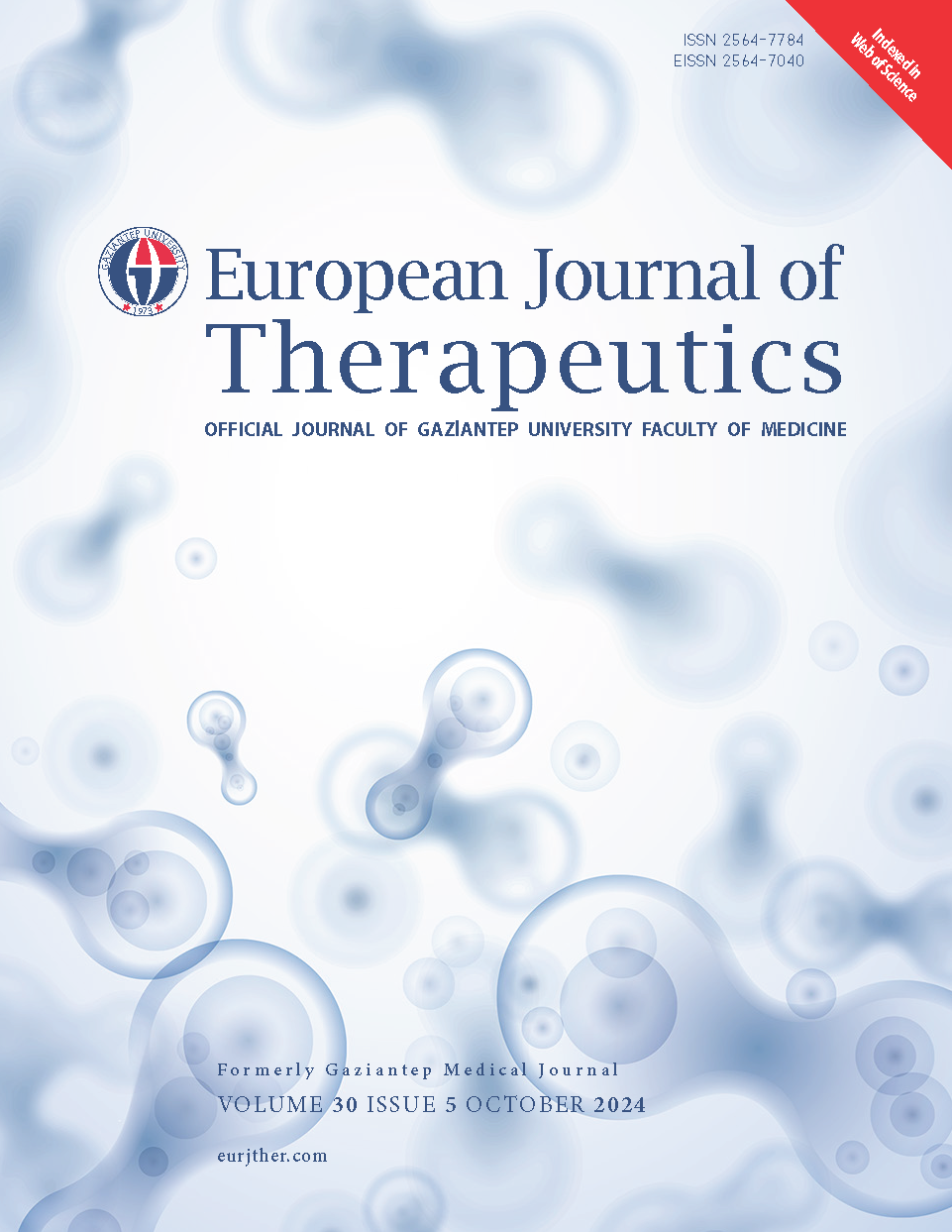The Influence of Referees on Romeo and Juliet
DOI:
https://doi.org/10.58600/eurjther2146Keywords:
peer-review, Academic Article Writing, romeo and julietteAbstract
Dear Editors,
It is a common situation, especially for young researchers, to receive decision letters from a journal office saying: “Major revision required - No guarantee of acceptance” or “We regret to reject.” It is said that experiencing repeated major revisions and even rejections make a researcher more mature, but what is a young researcher to do when even Dr Hwang is badly affected by this situation? [1] Then I read Kundakçı’s letter [2] and became even more pessimistic. I worried what if the referees turned into artificial intelligence and even more difficult times awaited the writers. So, I decided to write this letter, thinking that it might be interesting to discuss ideas on the subject with the metaphor of Romeo and Juliet. We all know William Shakespeare’s magnificent work Romeo and Juliet [3]. In this work, Romeo and Juliet, who fell in love with each other, failed to be patient in their plans and could not come together until they died. And a great debate has been going on for centuries: What makes their love interesting and unforgettable for all humanity is the greatness of their love or the fact that they could never unite?
In fact, there is a metaphorical relationship between referees and “Romeo and Juliet”. Could it be that what determines our love for science and our desire to write scientific articles and makes it unique is that we cannot achieve success as a result of the comments of the referees? Or is it the magnitude of our love for writing that drives us to our enthusiasm for writing?
Generally, it is not taught how to do peer review for scientific journals. If people have not made a special effort to learn, they learn the role of the referee from their own experiences or from studies previously published in the journal. This is actually a situation that may cause some problems in the standardization of the work done. Since the editors will reach a decision based on the recommendations of the referees, the qualifications of the referees and their scientific article evaluation behavior patterns become decisive in this regard.
Since referees are also writers and are not free from all the prejudices of the age, they must act independently of all positive or negative influences when evaluating the manuscripts [4, 5]. The publishing policies of journals (double blind or single blind, etc.) supporting this independence is the way to prevent this great love from disappearing and not growing further with new separations.
In the story of Romeo and Juliette we see Count Paris who tries to separate them and wants to marry Juliette, and Friar Laurence who is the wise adviser and tries to reunite them. As writers, editors or referees, we scientists perhaps have two options: to hinder this love of science, like Count Paris, or to advance the love of science, like Friar Laurence. Or in other words “to be or not to be” a scientist, that is the question.
Kind Regards
Metrics
References
Hwang K (2021) You Will Be a Researcher, My Student! J Craniofac Surg 32:457. https://doi.org/10.1097/SCS.0000000000005319
Kundakcı YE (2023) ChatGPT's Capabilities for Use in Anatomy Education and Anatomy Research. Eur J Ther 30:200-202. https://doi.org/10.58600/eurjther1842
Shakespeare W (2019) Romeo and juliet. One-Hour Shakespeare. Routledge, pp 304-368
Fox CW, Meyer J, Aimé E (2023) Double‐blind peer review affects reviewer ratings and editor decisions at an ecology journal. Functional Ecology 37:1144-1157. https://doi.org/10.1111/1365-2435.14259
Tennant JP, Ross-Hellauer T (2020) The limitations to our understanding of peer review. Res Integr Peer Rev 5:6. https://doi.org/10.1186/s41073-020-00092-1
Downloads
Published
How to Cite
License
Copyright (c) 2024 European Journal of Therapeutics

This work is licensed under a Creative Commons Attribution-NonCommercial 4.0 International License.
The content of this journal is licensed under a Creative Commons Attribution-NonCommercial 4.0 International License.


















